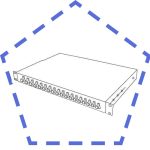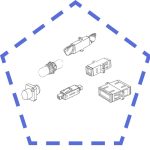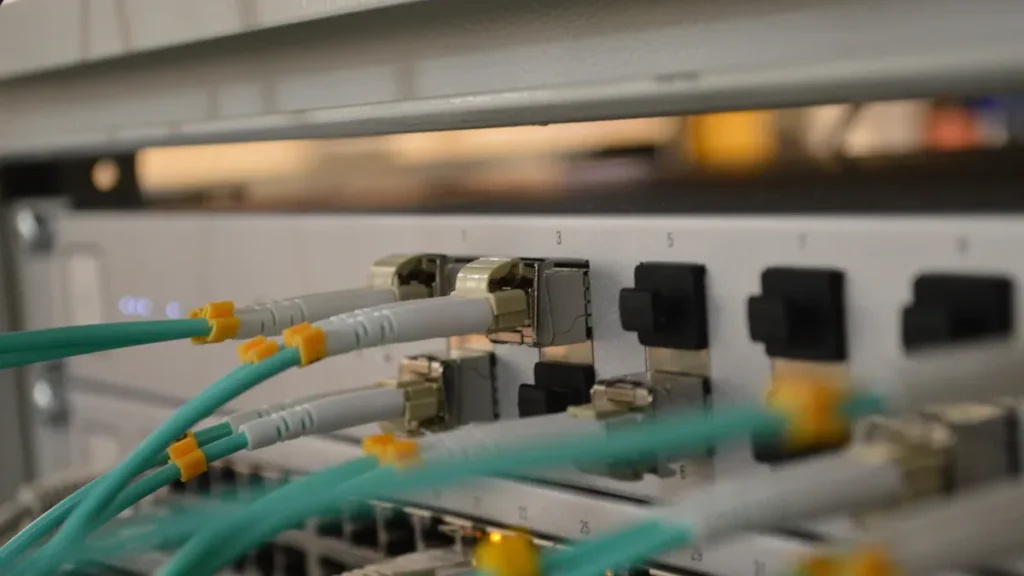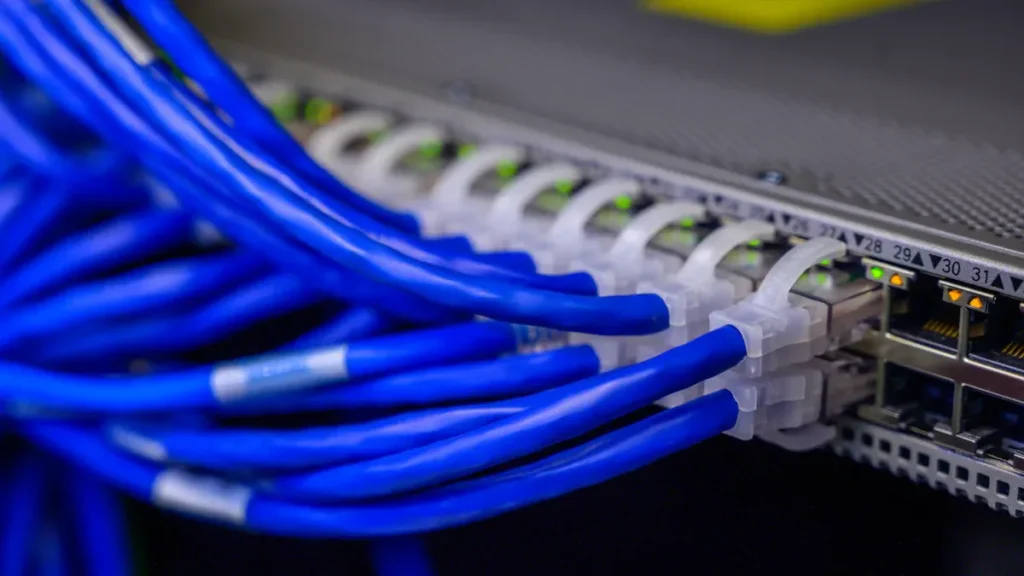With the rise of cutting-edge computer and network technologies, the role of campus networks has evolved into critical infrastructure for educational institutions. These networks not only enhance the efficiency of educational resource usage but also enable the transformation of traditional learning environments into digital, smart campuses. A well-designed cabling system is central to building a smart campus, ensuring it can meet modern demands. This article discusses the concept of a smart campus, the cabling challenges faced during its development, and key design principles for implementing a robust network infrastructure.
What Is a Smart Campus?
A “Smart Campus” refers to an environment where advanced digital technologies—such as the Internet of Things (IoT), data analytics, and AI—are integrated into everyday campus life. These technologies digitize the physical and administrative elements of campuses, making them smarter, more responsive, and more efficient.
Smart campuses provide numerous benefits for educational institutions, including:
- Improved teaching efficiency: By leveraging online platforms and digital tools, smart campuses enable flexible, personalized learning experiences that cater to both students and educators.
- Streamlined campus management: IoT and data-driven solutions enhance facility management, optimize energy consumption, and strengthen campus safety through real-time monitoring and analysis.
Challenges in Designing a Cabling System for Smart Campuses
Building an intelligent, future-proof campus network comes with its own set of challenges. Key considerations include:
- High Bandwidth Demands: Online learning and remote teaching have surged in popularity, necessitating network upgrades that can handle data-intensive applications. To ensure uninterrupted access to high-bandwidth services, networks need to support speeds above 1Gbps with built-in redundancy for stable campus operations.
- Diverse Terminal Access: Smart classrooms rely on a range of connected devices—such as electronic whiteboards, IP-based broadcasting systems, and high-definition video streaming. As a result, the number of access points required for network connectivity has significantly increased.
- Complex Network Management: The sprawling layout of campus buildings, coupled with the varying needs of different departments and services, adds complexity to network management. As a result, operational and maintenance tasks become more challenging to execute efficiently.
- Network Security Concerns: Protecting sensitive information and ensuring consistent network performance are essential in smart campus systems. Robust measures are needed to safeguard against data breaches and system vulnerabilities.
- Intricate Cabling Layouts: Creating a secure and reliable cabling network requires addressing multiple environmental conditions while maintaining seamless, dependable connections.
Key Principles for Network Cabling in Smart Campuses
To successfully implement a smart campus network, the following principles should be followed when designing its cabling infrastructure:
-
High-Speed Network Architecture:
To meet the growing demand for high-performance networks, newly constructed campus buildings should implement 100G high-bandwidth architecture. Using MTP® fiber optic cables allows for excellent scalability and high performance, enabling future campus growth. TAP cassettes should also be deployed for effective network traffic monitoring.
-
Optimized WAP (Wireless Access Point) Placement:
To ensure reliable wireless connectivity, select network devices with versatile interfaces that support a wide range of smart devices. The placement of WAPs should be optimized based on the density of users and the size of the building. For instance, in student dormitories, install one WAP for every 150 square meters, while in academic buildings, one WAP should cover 230 square meters.
-
Effective Cable Management:
Implementing a unified software solution for managing campus networks significantly increases efficiency. The WireNet Cabling Management Software, for example, can reduce documentation management time and costs by up to 60%. Using pre-labeled patch cords and handheld scanners can further simplify the tracing and placement of cables, ensuring faster, more accurate installations.
-
Comprehensive Network Security:
Network security must be a top priority when designing a smart campus cabling system. Deploy next-generation firewalls with features like advanced IPS, URL filtering, and antivirus capabilities to provide L2-L7 protection. These security solutions enable real-time threat detection and defense against cyberattacks and malware.
-
Diverse Cabling Materials:
Selecting the right type of cabling materials is crucial for ensuring safety and performance under different conditions. For instance, Low Smoke Zero Halogen (LSZH) flame-retardant cables should be used for indoor communication backbones to ensure safe evacuation in the event of a fire. In outdoor environments, armored cables with rainproof and UV-resistant properties are essential. In areas exposed to extreme heat, humidity, or corrosive gases, industrial-grade cabling made from durable TPU should be utilized to withstand harsh conditions without requiring rigid conduits.
Conclusion
As campuses embrace digital transformation and intelligent solutions, a robust, well-structured cabling system is key to realizing the potential of a smart campus. By addressing the challenges posed by increased bandwidth needs, diverse device access, and complex network management, educational institutions can create an efficient, secure, and scalable network infrastructure. Utilizing advanced technologies and adhering to design best practices ensures that campuses are ready to meet the needs of the future.
 Fiber Optic Termination Boxes
Fiber Optic Termination Boxes Fiber Optic Splice Enclosures
Fiber Optic Splice Enclosures Fiber Patch Panels
Fiber Patch Panels PLC Splitters
PLC Splitters Fiber Optic Pigtails
Fiber Optic Pigtails OTDR Launch Cables
OTDR Launch Cables Fiber Optic Adapters
Fiber Optic Adapters Fiber Optic Patch Cords
Fiber Optic Patch Cords



